How to protect Japanese maple trees in winter – with expert advice to keep your plants safe from frost and snow
The approach to winterizing Japanese maple trees will depend on whether they are grown in the ground or in a pot
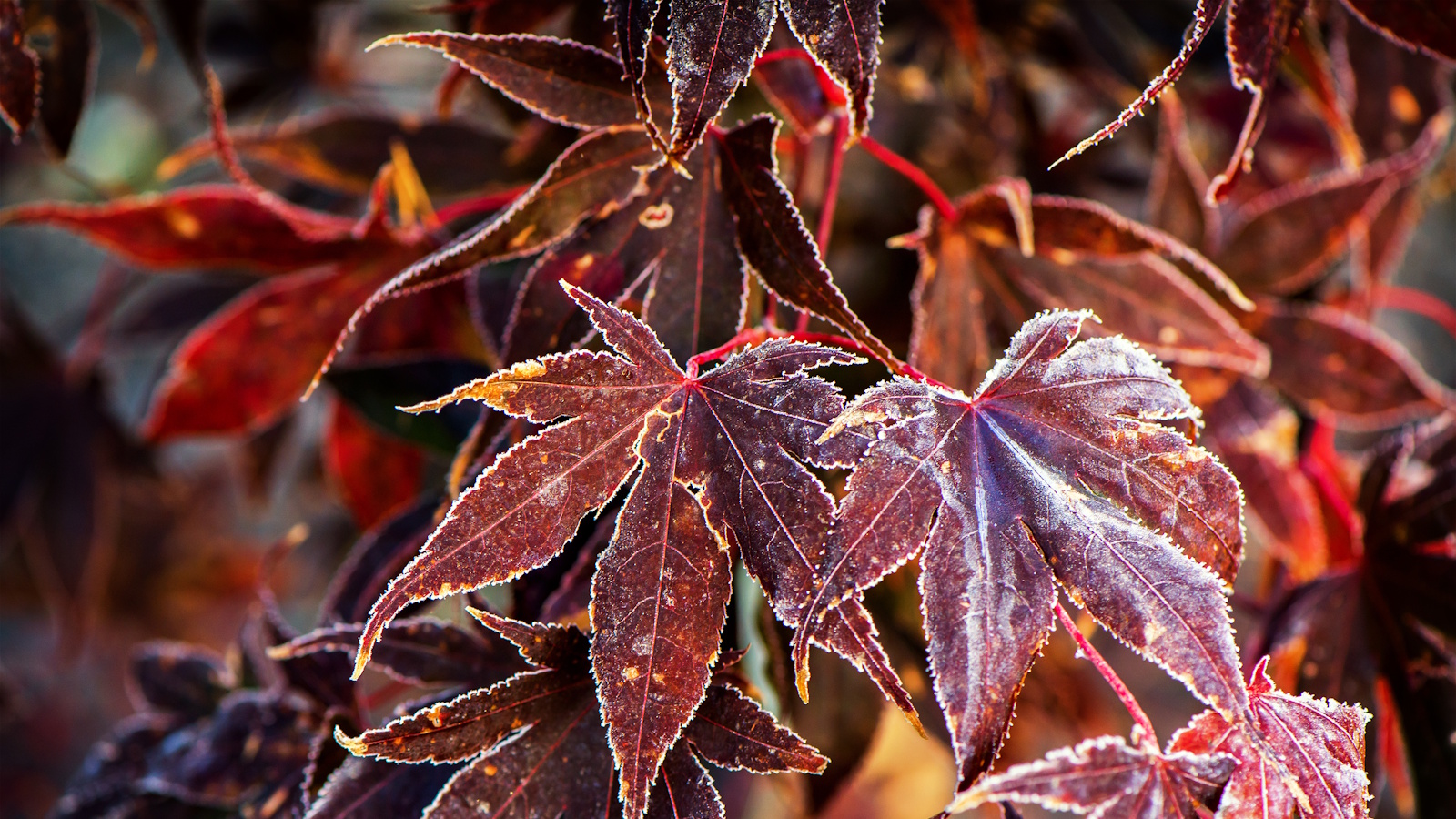

Japanese maple trees are mostly hardy, but heavy winds, snow and frost can prove problematic, particularly for young trees or specimens grown in pots. So, if you reside in a cooler, northern location, it is worth taking some time to prepare and protect your plants for the winter months ahead.
As a former gardener, I have cared for many different Acer palmatum trees, including the popular 'Bloodgood' variety that has the most impressive crimson foliage at this time of the year. The good news is that whatever variety you grow, learning how to protect Japanese maple trees in winter is really quite straightforward.
So, whether you grow Japanese maples in pots or borders, we have all the information you need. Below, you will find three steps to help keep these ornamental trees healthy through the cold months ahead.

How to protect Japanese maple trees in winter
Most Japanese maple trees are hardy from US hardiness zone 5, tolerating winter temperatures down to -20°F/-29°C. If you live in zone 3 or 4, it is best to learn how to protect Japanese maple trees in winter to be sure of their return the following year. I would also suggest taking extra care with young specimens, planted in the last three years, and protecting Japanese maples grown in pots, which are far more vulnerable when compared with those planted in the ground.
Mulch Japanese maples before winter
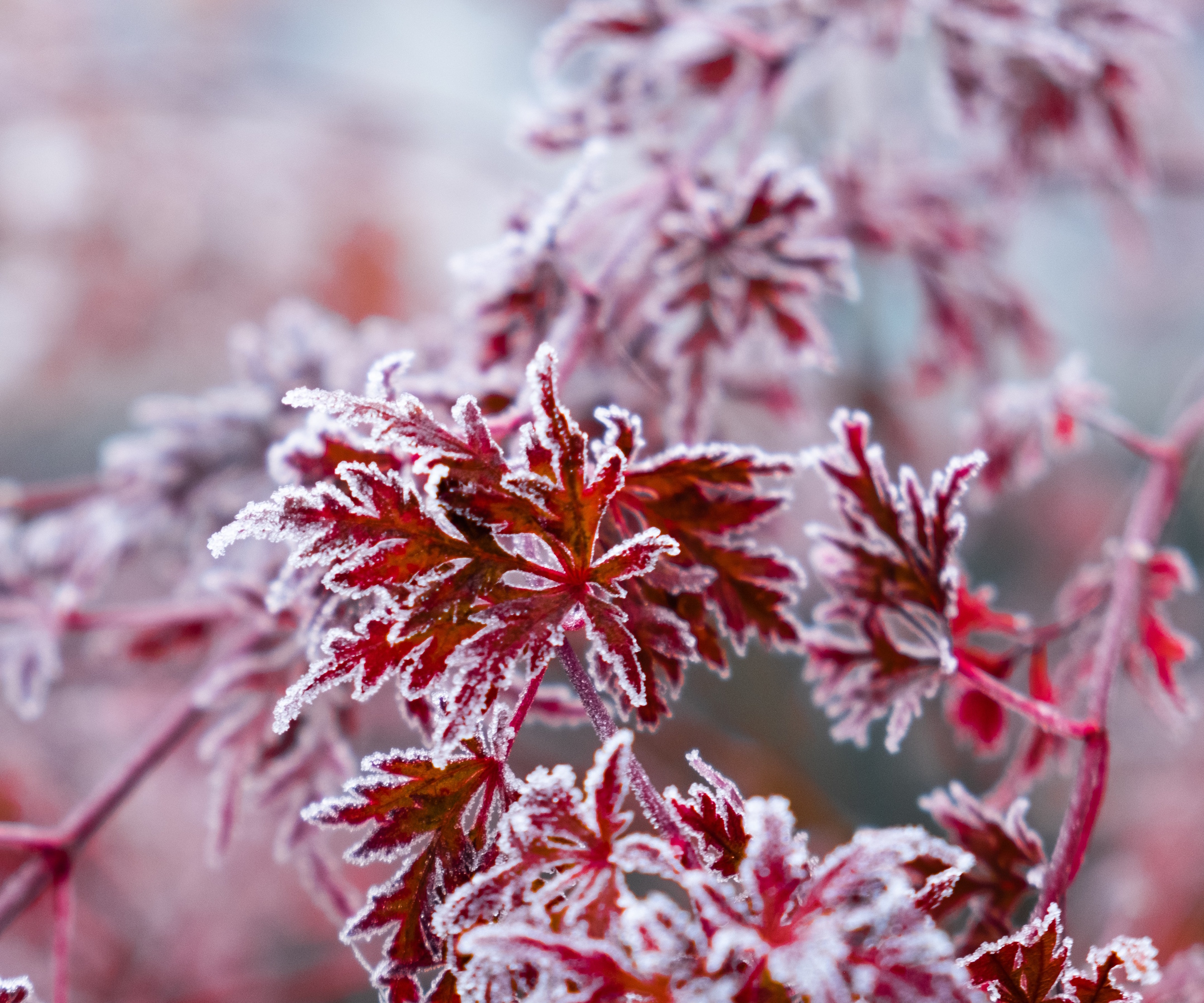
Whether you have a large Japanese maple growing at the back of the yard or a small, stately specimen planted in a pot, mulching is a good idea in the fall before the worst of winter weather arrives.
'Japanese maples are native to woodland settings,' says Terry Huang, plant expert and Director of Living Collections at South Coast Botanic Garden in the Los Angeles area. 'They thrive in forest environments, with plenty of moisture and rich, loamy soil.'
For this reason, Terry advises that 'mulching will help to maintain ideal soil conditions and protect your trees.'
While mulching will retain water and suppress weeds during the growing season, it will also help to insulate the roots of your tree during winter. Apply a two to three-inch layer of mulch to stop soil freezing in winter, but be careful to keep a small four-inch circle free of mulch around the trunk of the tree, which can be susceptible to rotting. This can be done for both trees in the ground and pots, although you might have to scrape the soil slightly to make some room in your containers.
There are many different types of mulch to choose from, but I would suggest something like this pine bark mulch from Amazon, which will help to mimic a woodland-like environment.

Terry Huang is the Director of Living Collections at South Coast Botanic Garden in the Los Angeles area. He loves to share his passion for plants by finding creative ways to make botany and horticulture fun and accessible for all.
Protect and move potted Japanese maples for the winter
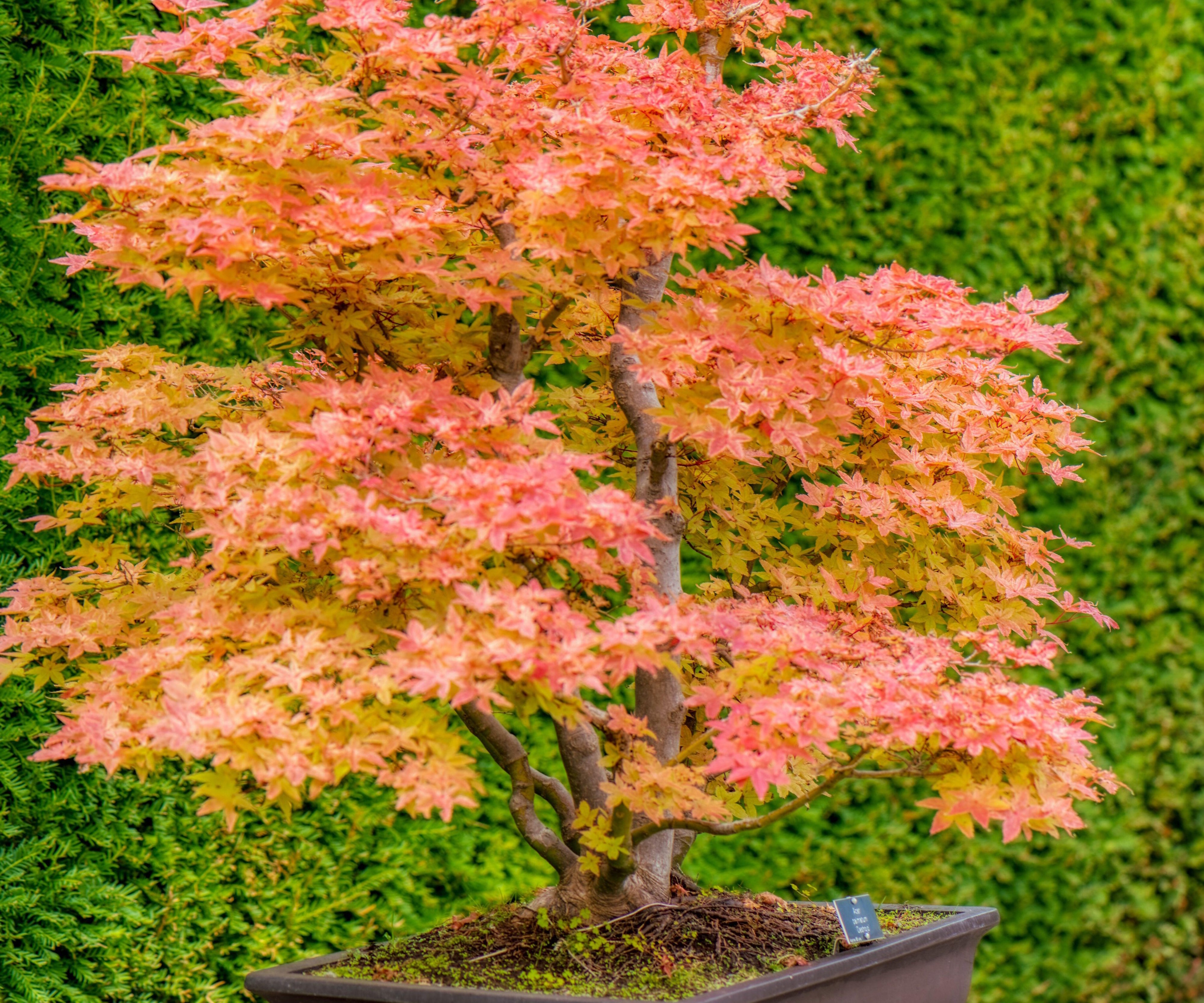
'Japanese maples are great low-maintenance trees to grow in pots,' continues Terry. 'Dwarf varieties are especially good as they are better suited for long-term container culture. They do, however, need special care. Japanese maples can struggle in exposed situations, so a sheltered corner in part-sun-part-shade is often best.'
As Terry says, avoiding open situations is best when growing Japanese maples in pots, and this is particularly important in winter. If your container is placed in an exposed spot in the yard, move your pot before winter arrives. While you do not need to bring it inside, finding a sheltered spot, closer to the home, can help to lift the temperature slightly.
In US hardiness zone 5 or below, I would also suggest wrapping the base of your pots in burlap fabric, available from Walmart, as the roots of maples in pots are vulnerable to frost and snow over winter. While it might look a little unsightly, covering the pot and the base of the plant will keep snow and ice away from your plant and keep it in good health for next year.
Protect young Japanese maple trees during snowfall
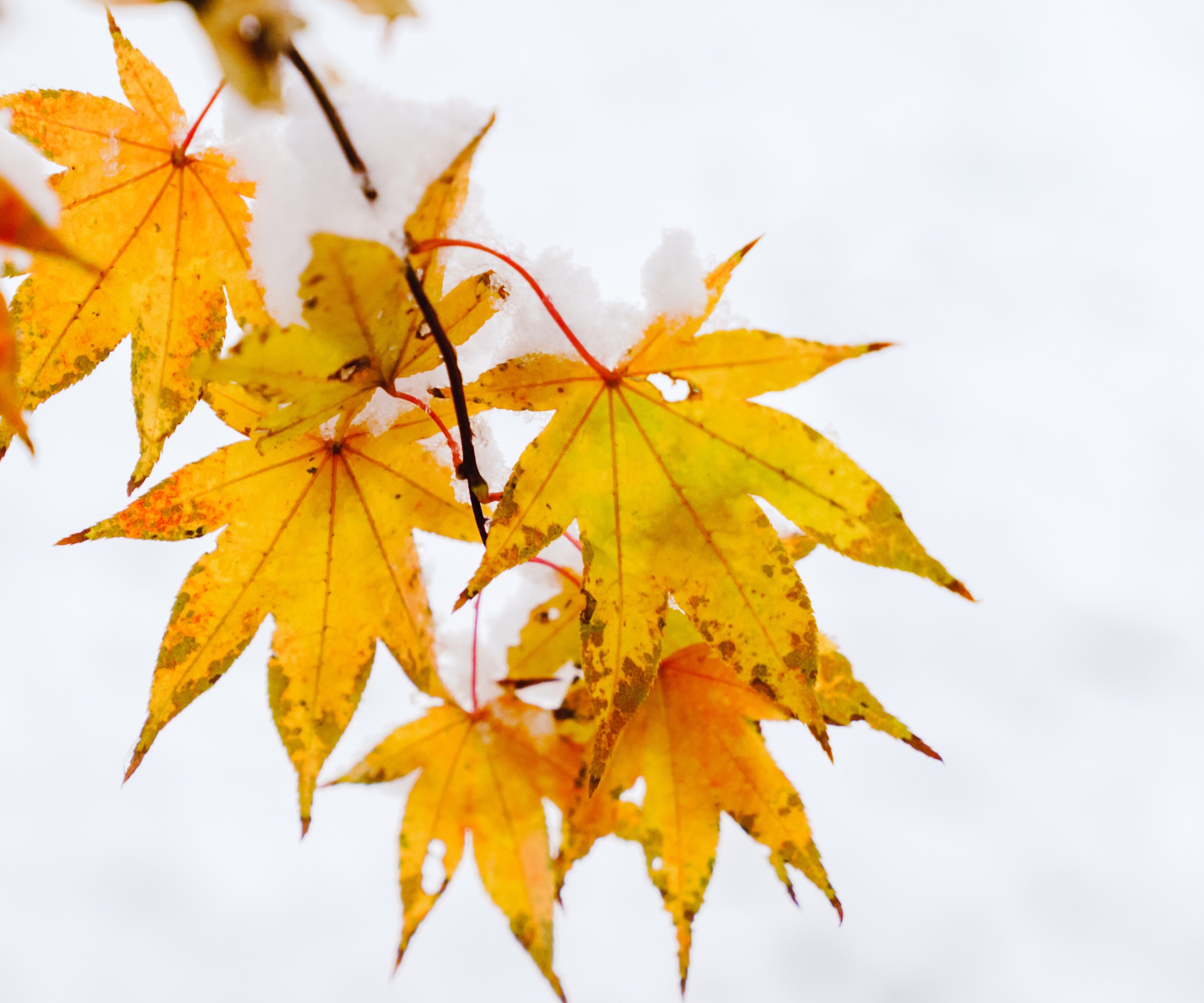
Any established Japanese maple trees in the ground should not need to be protected with frost cloth in the winter, but for younger specimens, planted in the last three years, it is a good idea to cover them during periods of snow.
Frost cloths, otherwise known as horticultural fleece, provide a small amount of protection during chilly nights, forming a barrier against frost that could damage next year's buds and any young shoots.
For smaller trees, you can use bamboo canes and then drape the frost cloth over your Japanese maple, being sure to use pegs or stones to keep the fabric tied down during windy weather.
Alternatively, you can use pop-up plant tents from Amazon, which are easy to use and can be simply placed over your tree. You can also reuse these small tents in the following years for any other shrubs or trees that need some care when the temperature drops.
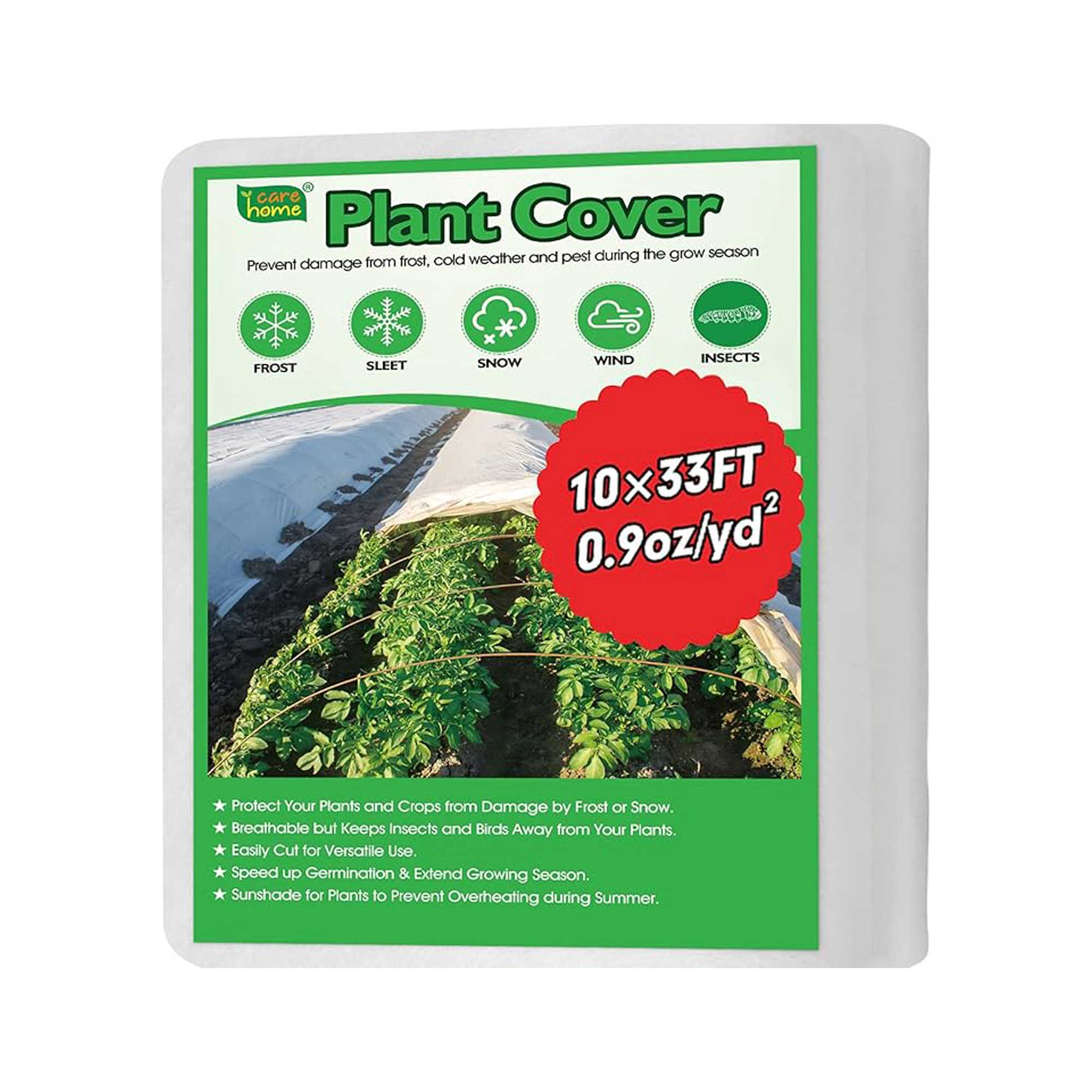
This thick and versatile frost cloth is easy to use and will help protect your young Japanese maple trees during snow and frosty conditions.
FAQs
Should I protect Japanese maple bonsai trees during winter?
In cooler regions, such as zone 5 and below, it is a good idea to provide some protection for your Japanese maple bonsai trees. As they grow in shallow pots, the roots can easily freeze, which can damage your prized bonsai specimens. In periods of snow or frost, you can either cover the base of the pots with burlap or horticultural fleece or bring the pots indoors to a shed or garage for a few days until the worst of the weather passes.
While learning how to protect Japanese maple trees in winter is not complicated, if you reside in zone 4 or even zone 3, it might be a good idea to consider other options that can better handle the cold.
There are many native alternatives to Japanese maples, such as Acer rubrum, or the red maple, found growing across North America and can tolerate conditions down to US hardiness zone 3 where there can be heavy snow and prolonged freezes each winter.
Sign up to the Homes & Gardens newsletter
Design expertise in your inbox – from inspiring decorating ideas and beautiful celebrity homes to practical gardening advice and shopping round-ups.

Thomas is a Content Editor within the Gardens Team at Homes and Gardens. He has worked as a professional gardener for both public spaces and private estates, specializing in productive gardening, growing food and flowers. Trained in Horticulture at the Garden Museum, he has written on gardening and garden history for various publications, including The English Garden, Gardens Illustrated, Hortus, The London Gardener and Bloom. He has co-authored a Lonely Planet travel book, The Tree Atlas, due out in 2024.
-
 How to grow crepe myrtle in pots – and transform even the smallest of yards with dazzling flowers this summer
How to grow crepe myrtle in pots – and transform even the smallest of yards with dazzling flowers this summerGrowing crepe myrtles in pots will inject splashes of brilliant color into your outside space
By Thomas Rutter Published
-
 I've spent over 200 hours testing vacuums and swear by my two Dysons – this is how I properly clean a Dyson vacuum filter for longer-lasting appliances
I've spent over 200 hours testing vacuums and swear by my two Dysons – this is how I properly clean a Dyson vacuum filter for longer-lasting appliancesYour Dyson vacuum will last much longer and clean at its best
By Dan Fauzi Published
-
 7 native perennials to plant in April – for glorious flowering displays to attract bees, butterflies, and hummingbirds
7 native perennials to plant in April – for glorious flowering displays to attract bees, butterflies, and hummingbirdsDiscover some of the best perennials to plant in April to make your garden a hotspot for wildlife
By Drew Swainston Published
-
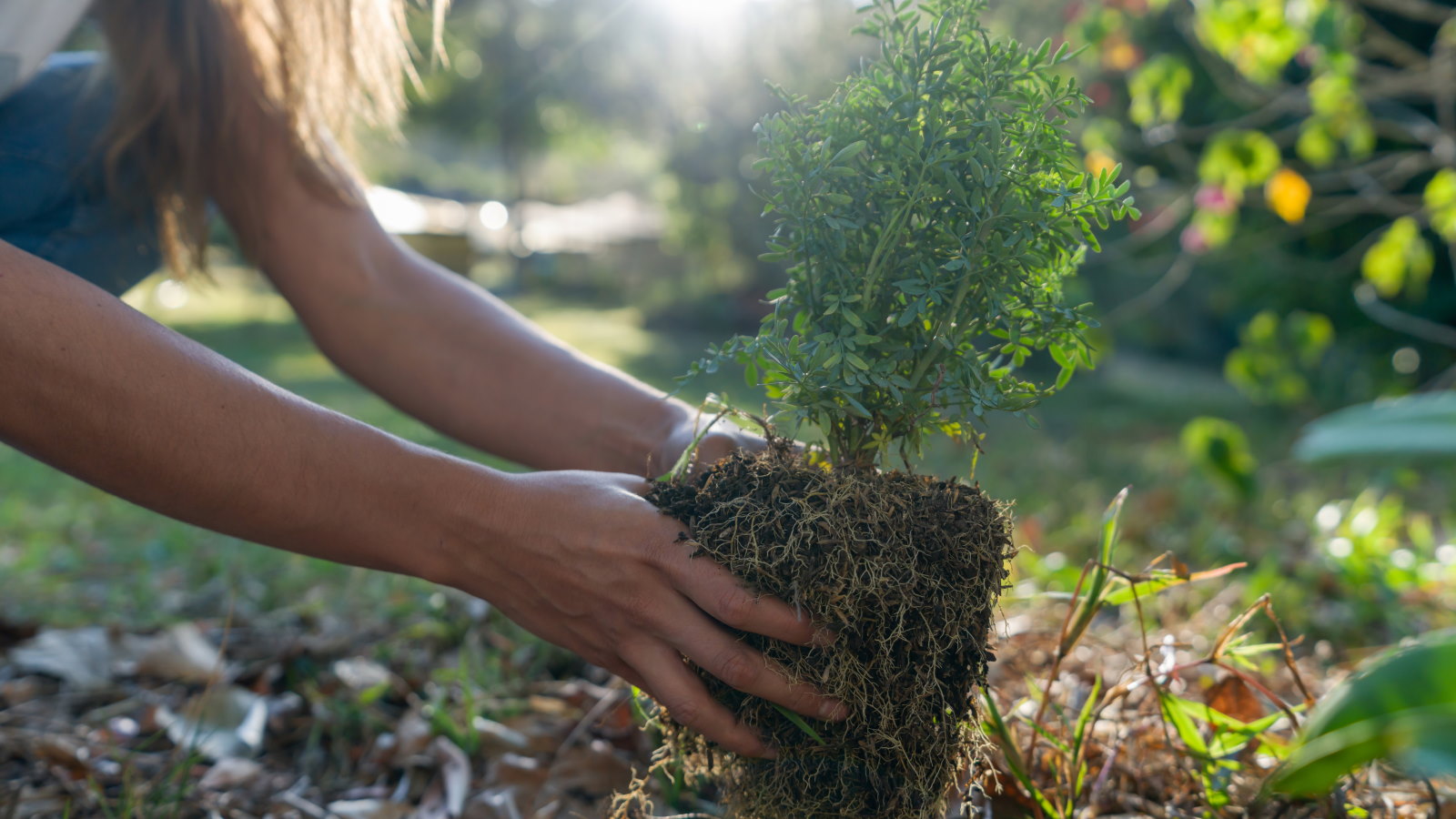 7 shrubs to plant in April to transform beds and borders – including native plants and bushes suitable for dry or wet spots
7 shrubs to plant in April to transform beds and borders – including native plants and bushes suitable for dry or wet spotsThese shrubs can bring flowers, texture, and fragrance, as well as attracting beneficial insects and birds
By Drew Swainston Published
-
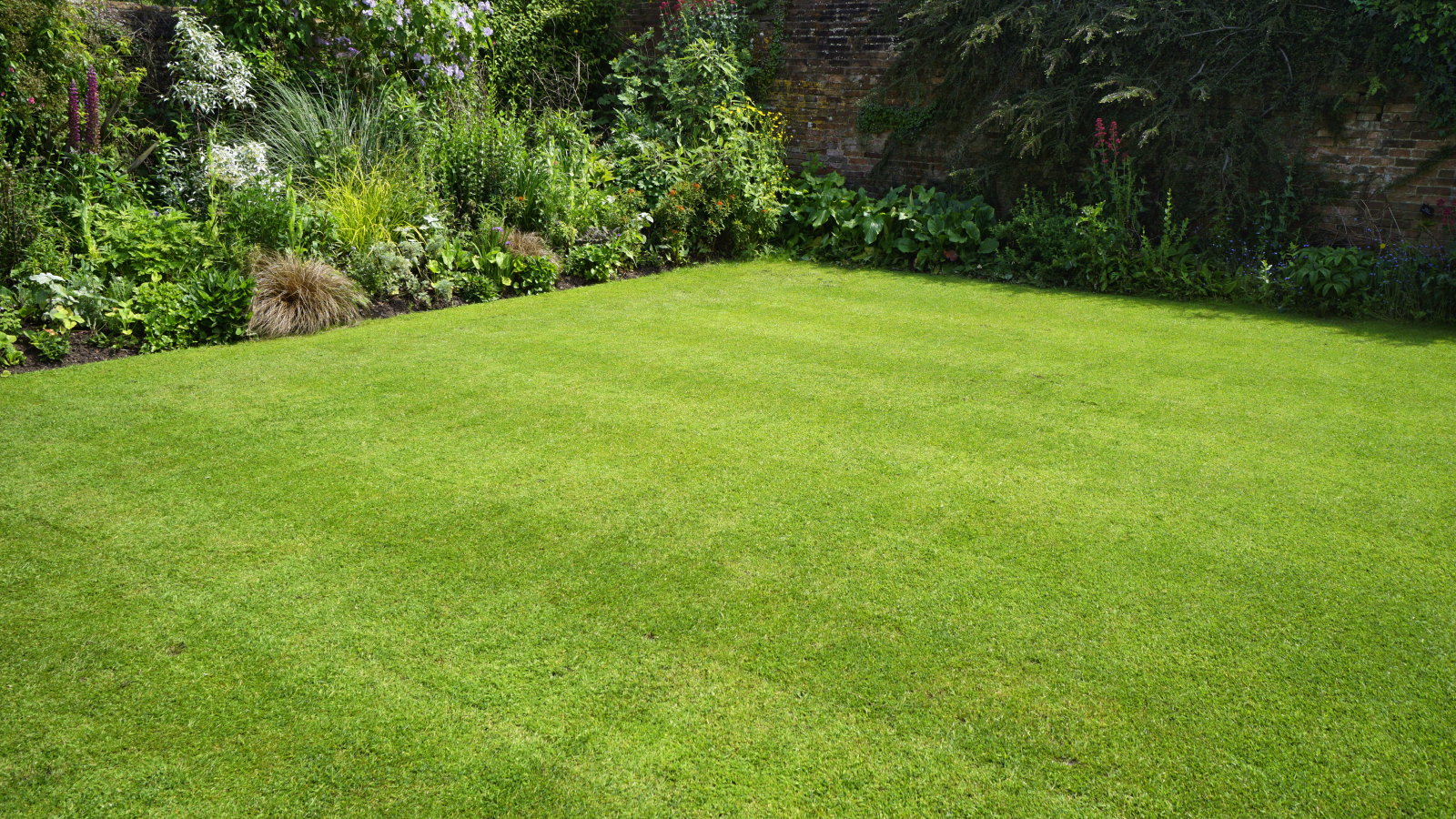 I'm a lawn care expert, and always do these 7 jobs in April to ensure thick, green grass all summer long
I'm a lawn care expert, and always do these 7 jobs in April to ensure thick, green grass all summer longTransform your lawn with these simple yet highly effective April lawn care tasks
By Drew Swainston Published
-
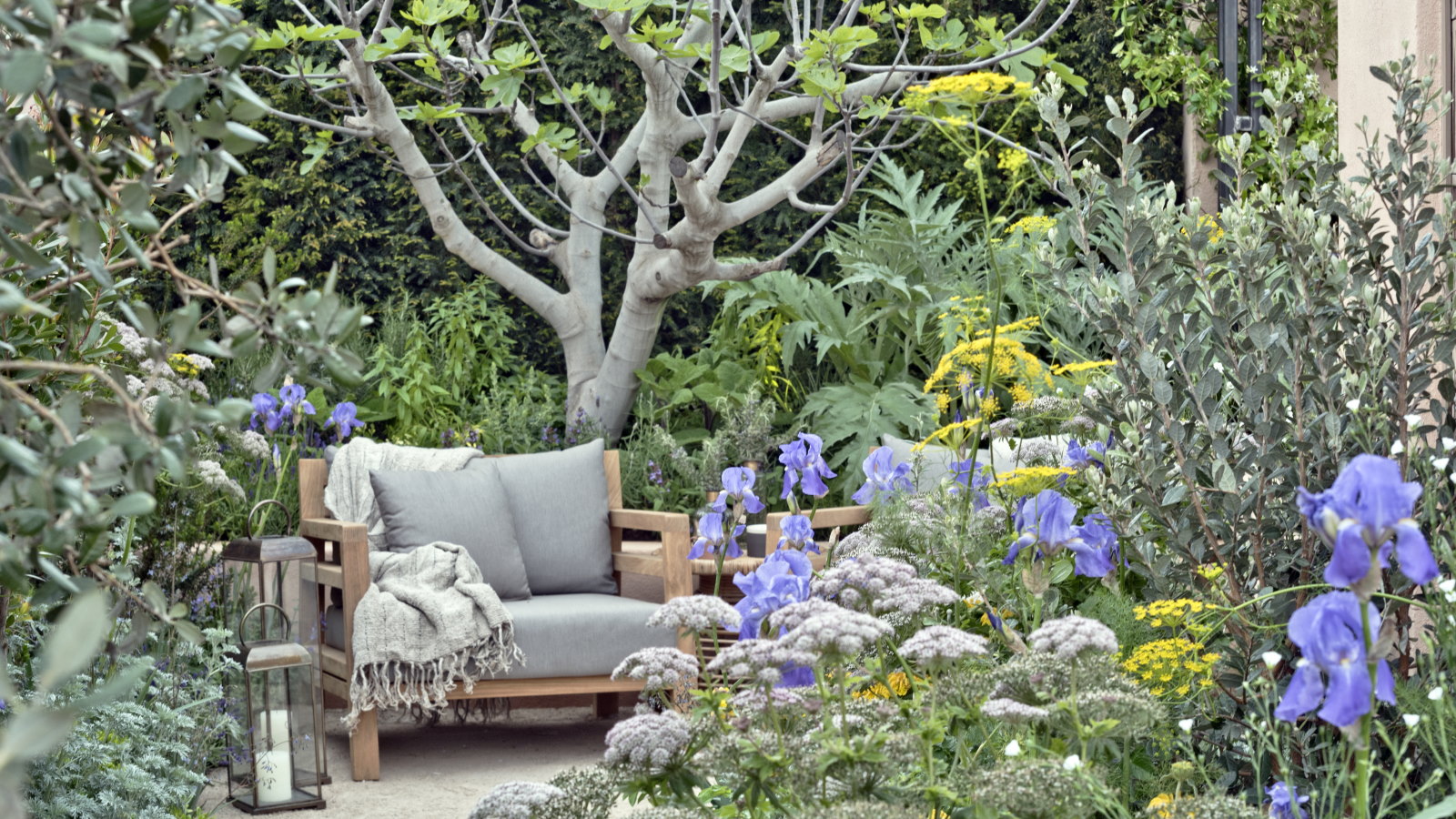 Horticulturists urge you to prune these 7 plants in April – for healthy growth and better-than-ever flowering displays
Horticulturists urge you to prune these 7 plants in April – for healthy growth and better-than-ever flowering displaysDiscover a key selection of plants to cut back this month, with expert pruning advice
By Drew Swainston Published
-
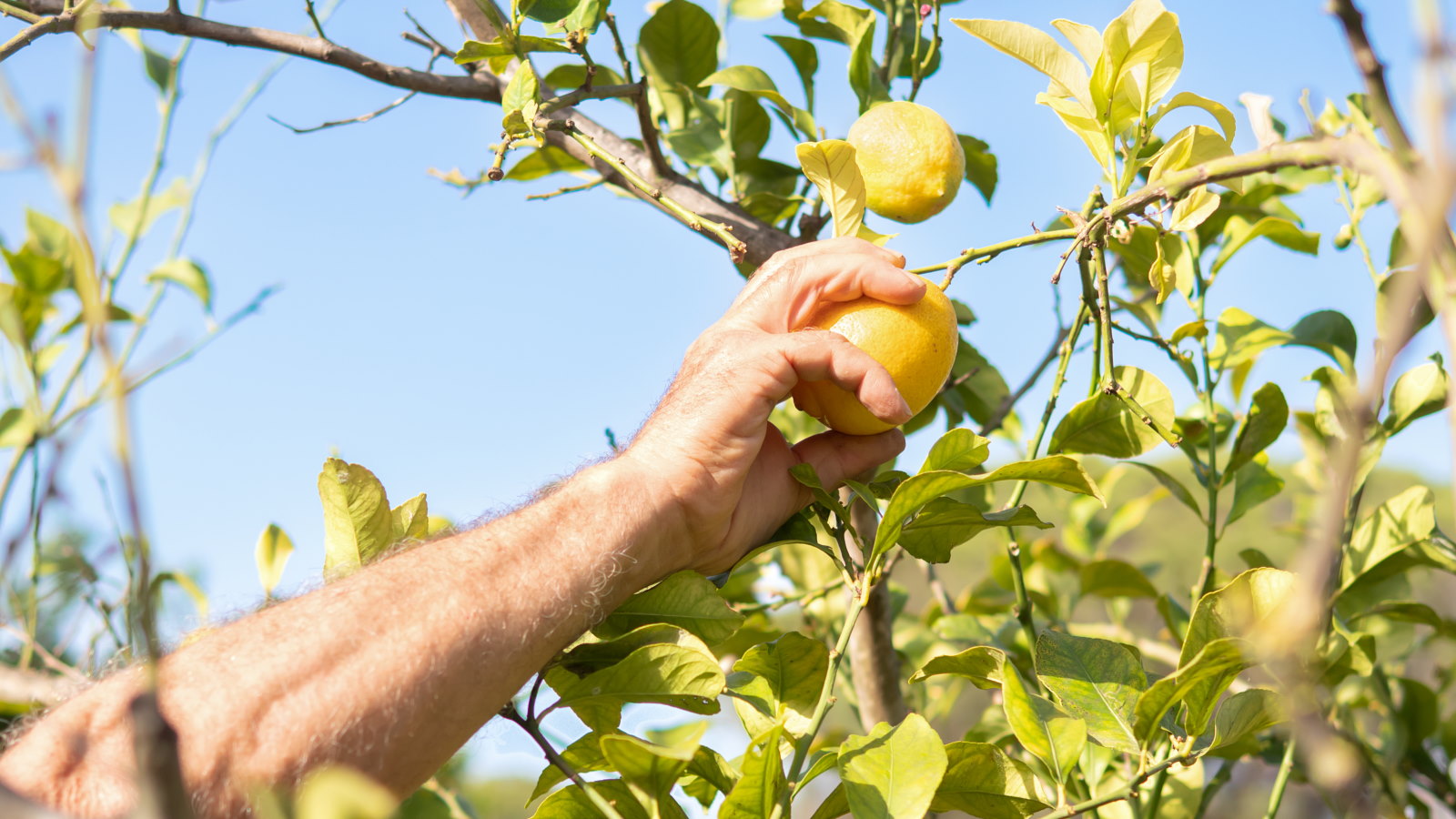 7 fruits to plant in April for years of tasty homegrown harvests, plus expert planting tips
7 fruits to plant in April for years of tasty homegrown harvests, plus expert planting tipsAn exceptional selection of fruit trees and soft fruit can be planted this month
By Drew Swainston Published
-
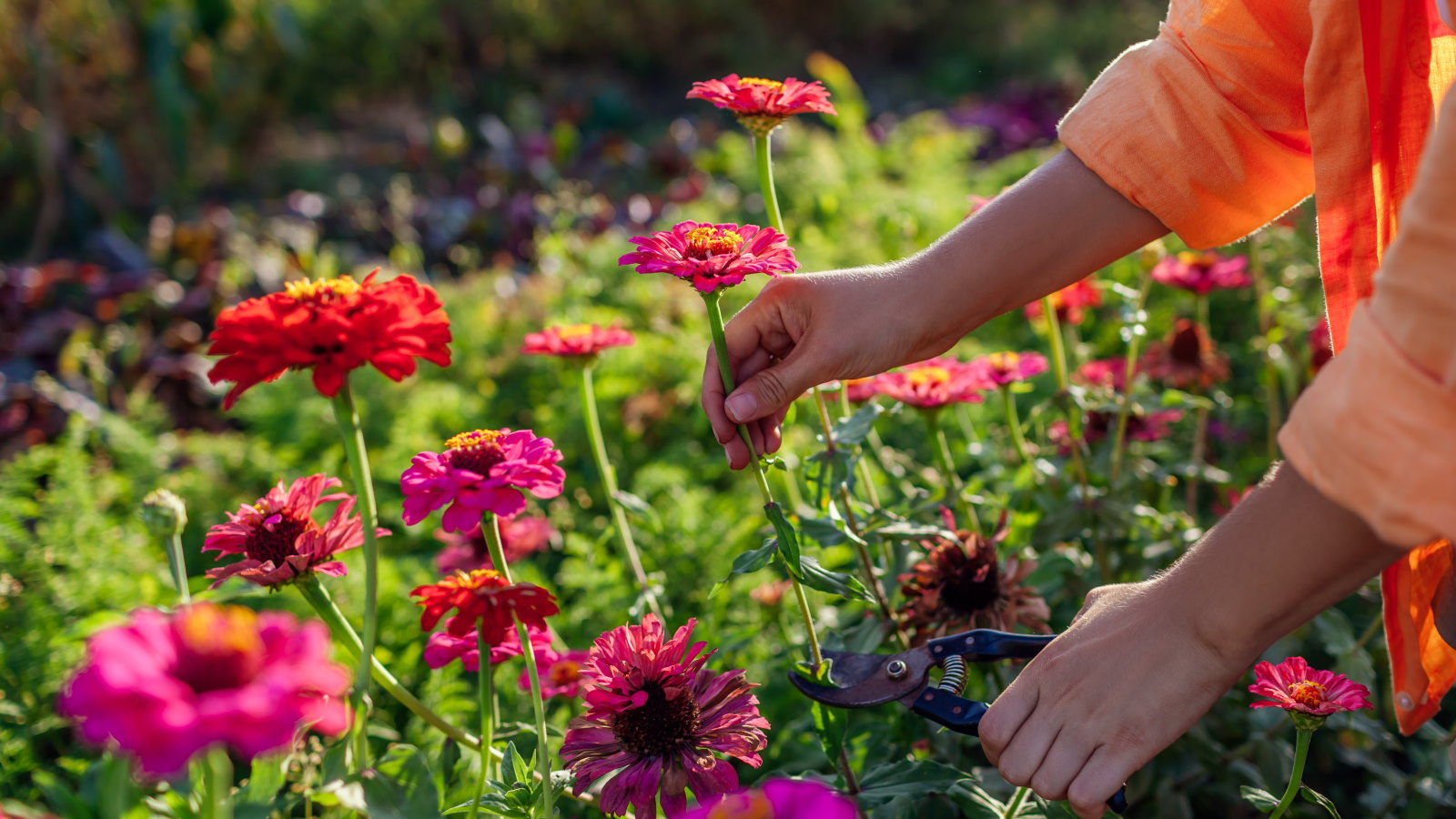 7 dazzling cut flowers to plant in April for bountiful blooms to enjoy in bouquets, vases, and displays this summer
7 dazzling cut flowers to plant in April for bountiful blooms to enjoy in bouquets, vases, and displays this summerDiscover sowing tips from an expert horticulturist
By Drew Swainston Published
-
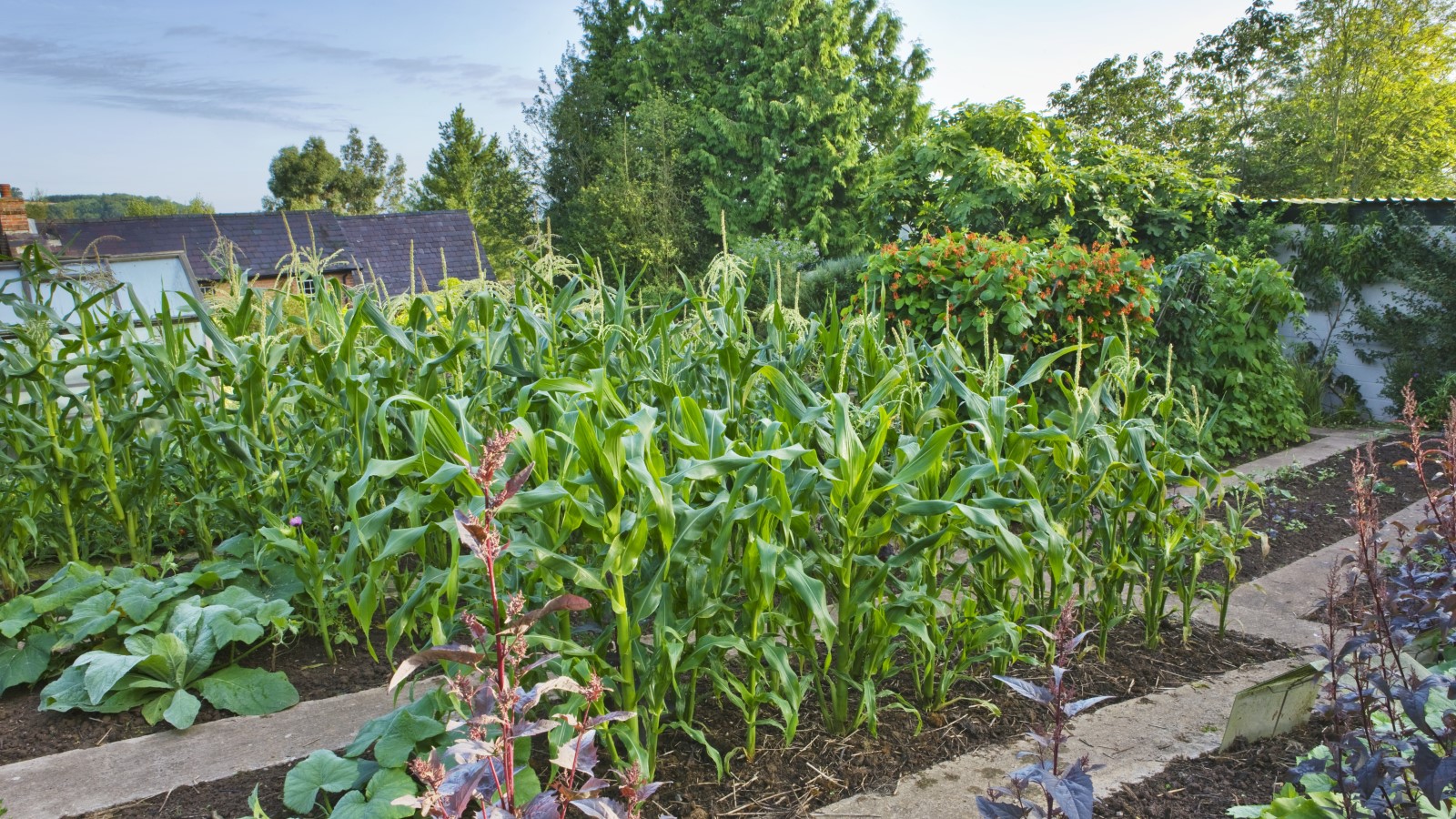 7 of the best vegetables to plant in April, with sowing tips from an experienced grower for bumper harvests
7 of the best vegetables to plant in April, with sowing tips from an experienced grower for bumper harvestsFrom broccoli to zucchini, April is a fantastic time to plant a wide range of vegetables
By Drew Swainston Published
-
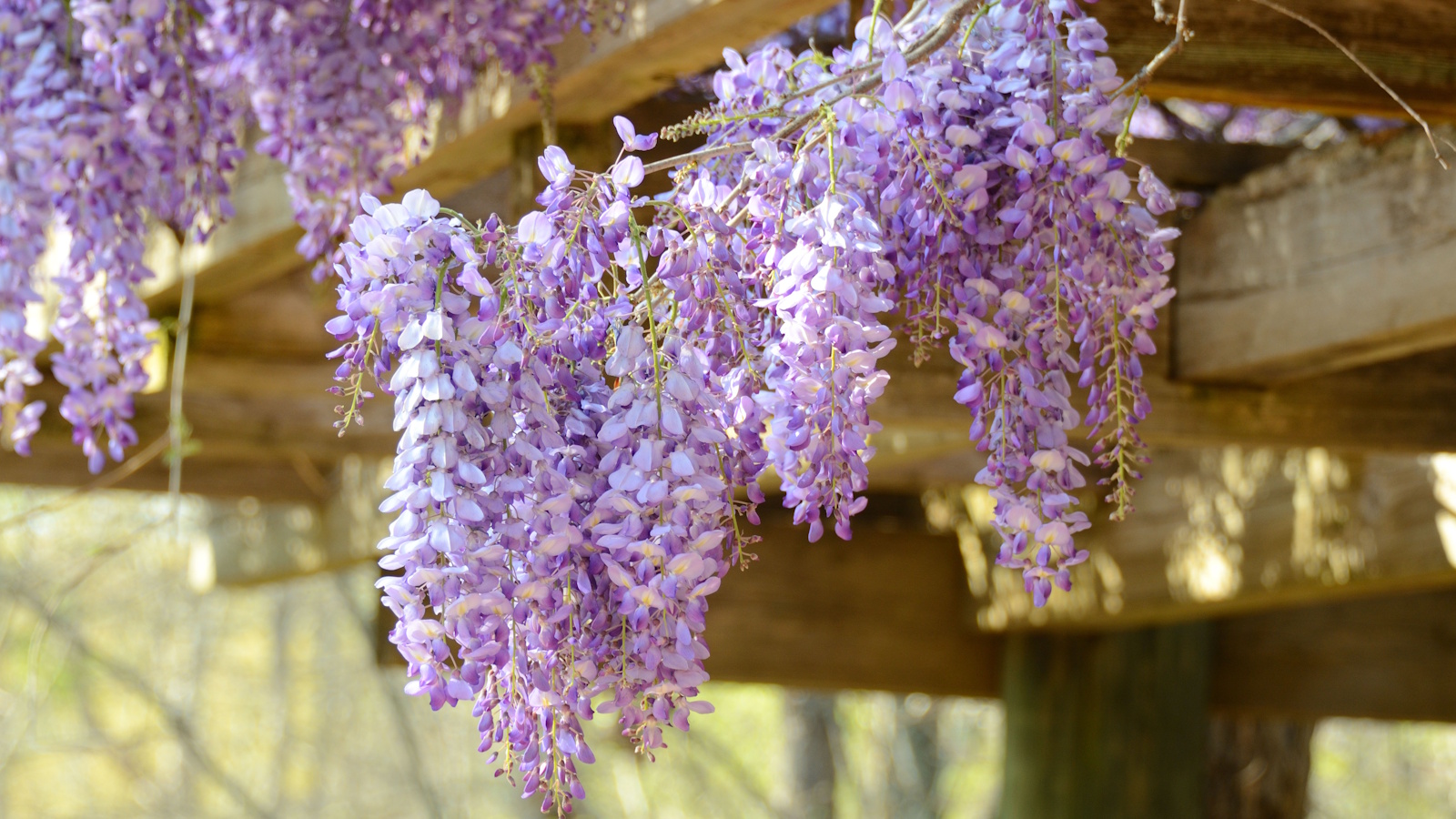 Best fragrant spring-flowering perennials – 5 charming choices to infuse delightful scent in your yard this season
Best fragrant spring-flowering perennials – 5 charming choices to infuse delightful scent in your yard this seasonSpring is full of so many beautiful aromas, uplifting our yards and making them an even more pleasant place to be
By Tenielle Jordison Published